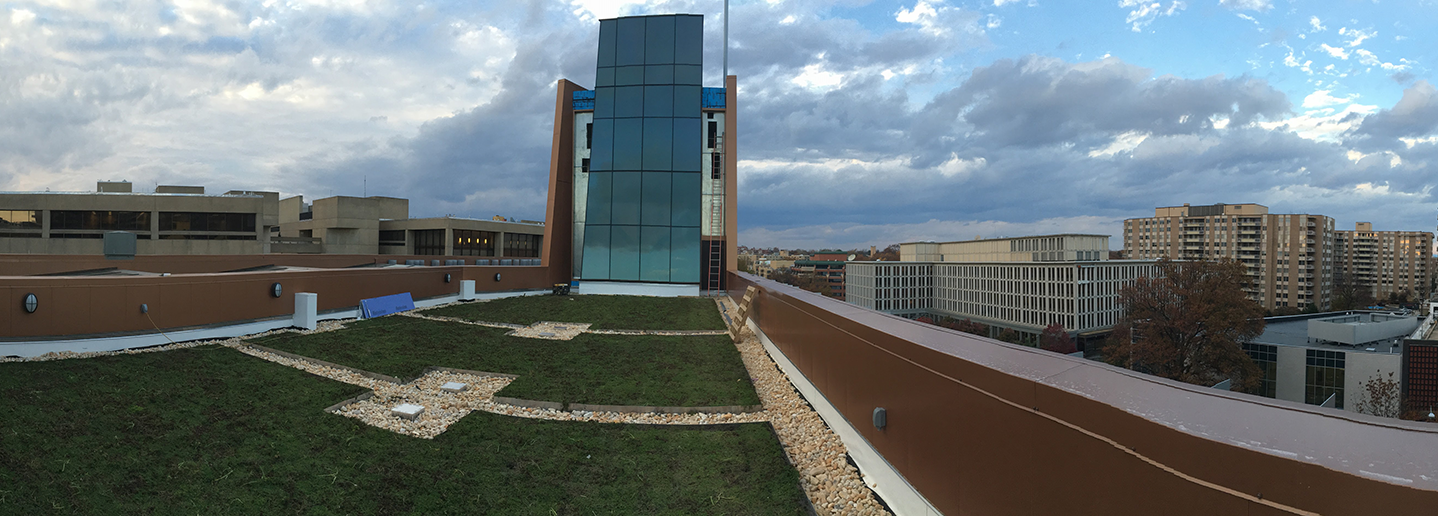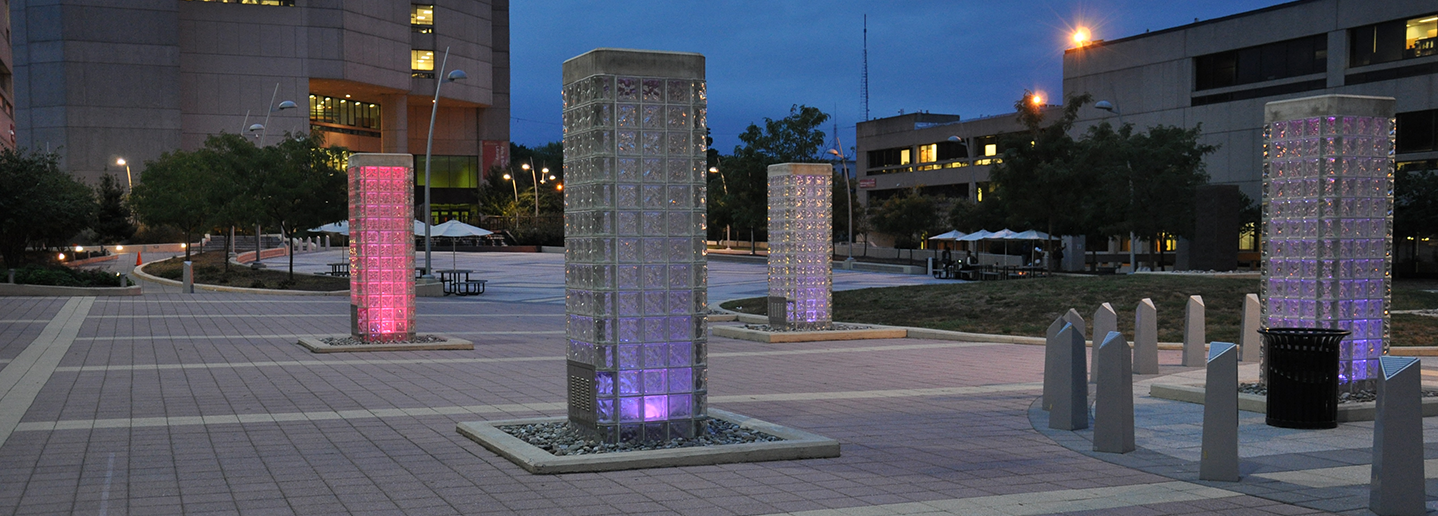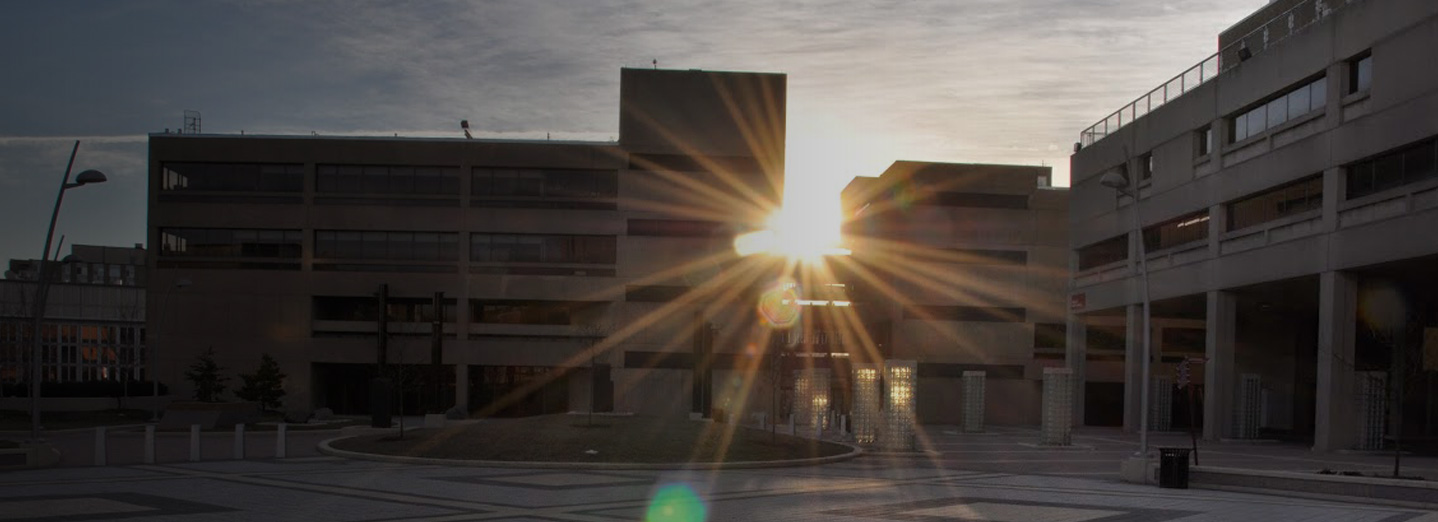Reproduction Center
The Reproduction Center is a division under the Office of the Vice President for Real Estate, Facilities Management, and Public Safety. The mission of the Office is to provide excellent customer service to the University Community by providing professional printing and duplication services.
- Black and White Copies
- Booklets
- Brochures
- Business Cards
- Color Printing
- Digital Imaging of non-copyrighted material (Scanning to E-MAIL or USB drive)
- Flyers*
- Handbills
- Newsletters
- Posters (up to 12×18)
- Document Finishing
- 3-Hole Punch
- Clear Dry Ink
- Cutting
- Folding
- GBC Binding
- Staples
*Printed material that is to be displayed, posted, or distributed requires a stamp of approval to be visible on each piece by the Office of the Vice President for Student Affairs. Contact the Reproduction Center for additional information.
Service Request Submission: Service requests can be submitted in person or by email. Email requests should be sent to reproduction@udc.edu.
Service Processing Time: Completion time various based on the size of the request. The typical completion time for request with quantities fewer than 300 is 1 to 3 days. Request with more than 300 quantities is 5 to 10 days. During peak times, completion time may take up to two weeks.
Note: Any request with a quantity exceeding 300 should be submitted at least a week in advance of the desired completion date. The Reproduction Center will not take responsibility for missed deadlines if the request was not submitted in a timely manner.
Print Request Recommendations Tips
Resolutions
To prevent photographs and graphic images from appearing distorted, use a high-resolution image. To ensure the quality of a print job, submit images with a minimum resolution of 300 dots per inch or dpi (and up to 1200 dpi for text and vector graphic information). In general, print quality is increased when a large the file and high dpi is used.
File Types
The file types most associated with printing are EPS and TIFF, in CMYK format. However, low/no-compression JPG formats are sometimes acceptable. When choosing logos and logotype for printing, please use EPS files. The screen preview may appear distorted when inserted into some programs; however, vector files can be scaled to any size without losing quality when printed.
Color
Like pictures and graphics, there is a difference between how the color on a screen and color on a printed document. Electronic devices use the RGB (Red, Green, Blue) method where different spectrums of light are combined. Printing most commonly combines four inks; Cyan, Magenta, Yellow and Black (CMYK).
Most of the computer equipment on campus is consumer grade, which poses difficulty when trying to match colors. If exact color reproduction or matching is important to the project, please talk with a Reproduction Center staff member ahead of time. This will allow for time to find a solution based on the equipment and software being used.
Fonts
There is an official university font set that should be used for official print and web communication For more information, visit the University Relations and Public Affairs page, Logo Usage Guidelines | University of the District of Columbia (UDC) . If using any special fonts, make sure they are embedded. Many programs do not give a warning if a font is missing. If a document is submitted with a missing font, the Reproduction Center will not be able to detect it. Keep in mind that it is best practice to limit font choices to no more than two per document.
Microsoft Office
When designing with Microsoft Office, keep in mind that each program is designed to fulfill a particular task.
Microsoft Publisher is the best option for laying out printed documents. It has many useful templates to easily setup booklets, brochures, folded cards and other printed documents. It also has rudimentary diagnostic tools to communicate with a third-party printer if something is wrong with the document (missing fonts or graphics).
Microsoft Word’s main purpose is to act as the computer’s text editor or “typewriter.” When designing documents like trifold brochures or quarter-sheet flyers, it is important to consider the margins and columns. Also note that Word does not output high-quality graphics and pictures; its designers have desktop inkjet printers in mind for final output rather than professional printing equipment.
Microsoft PowerPoint is a great tool for creating presentations for a computer screen or overhead projector, and printing notes and outlines to help an audience follow along with a presentation. Designing other documents (i.e., brochures, flyers, booklets) in PowerPoint is not recommended; it is nearly impossible to obtain professional printing results because of the program’s focus on screen output rather than printing output.
Microsoft Excel is not designed to create layouts for a printed document. Since the entire purpose of the program is organizing raw data, most “layout” functions are lost when opening an Excel document on a computer other than the machine it was originally designed on.
Adobe Creative Suite
Similar to Microsoft Office, each program of the Adobe’s Creative Suite has a specialized purpose. All Adobe products can save or “export” to PDF.
Photoshop is designed for image and bitmap manipulation, such as correcting contrast and color on photographs to be used in print or online. While it is possible to do design work in Photoshop, it is not recommended for print output.
InDesign is Adobe’s graphic layout program. It can be used to design and layout a myriad of materials such as business cards, brochures, and magazines.
Illustrator is designed for vector graphic manipulation and creation. It can also be a very useful tool for creating layouts; however, the program is not optimized for multi-page documents.
Copyright
Notice Warning Concerning Copyright Restrictions
The copyright law of the United States (title 17, United States Code) governs the making of photocopies or other reproductions of copyrighted material. Under certain conditions specified in the law, libraries and archives are authorized to furnish a photocopy or other reproduction. One of these specific conditions is that the photocopy or reproduction is not to be “used for any purpose other than private study, scholarship, or research.” If a user makes a request for, or later uses, a photocopy or reproduction for purposes in excess of “fair use,” the user may be liable for copyright infringement. The Reproduction Center reserves the right to reject a copy order if, in its judgment, the fulfillment of the order would constitute a violation of copyright law.
Reproduction Center
Main Office
Building 39, Room C20
p | 202.274.5260
e | reproduction@udc.edu
Office Hours
Monday – 8:00 am – 5:00 pm
Tuesday – 6:30 am – 5:00 pm
Wednesday – 8:00 am – 5:00 pm
Thursday – 6:30 am – 5:00 pm
Friday – 6:30 am – 5:00 pm
Download Print Request Form here.


